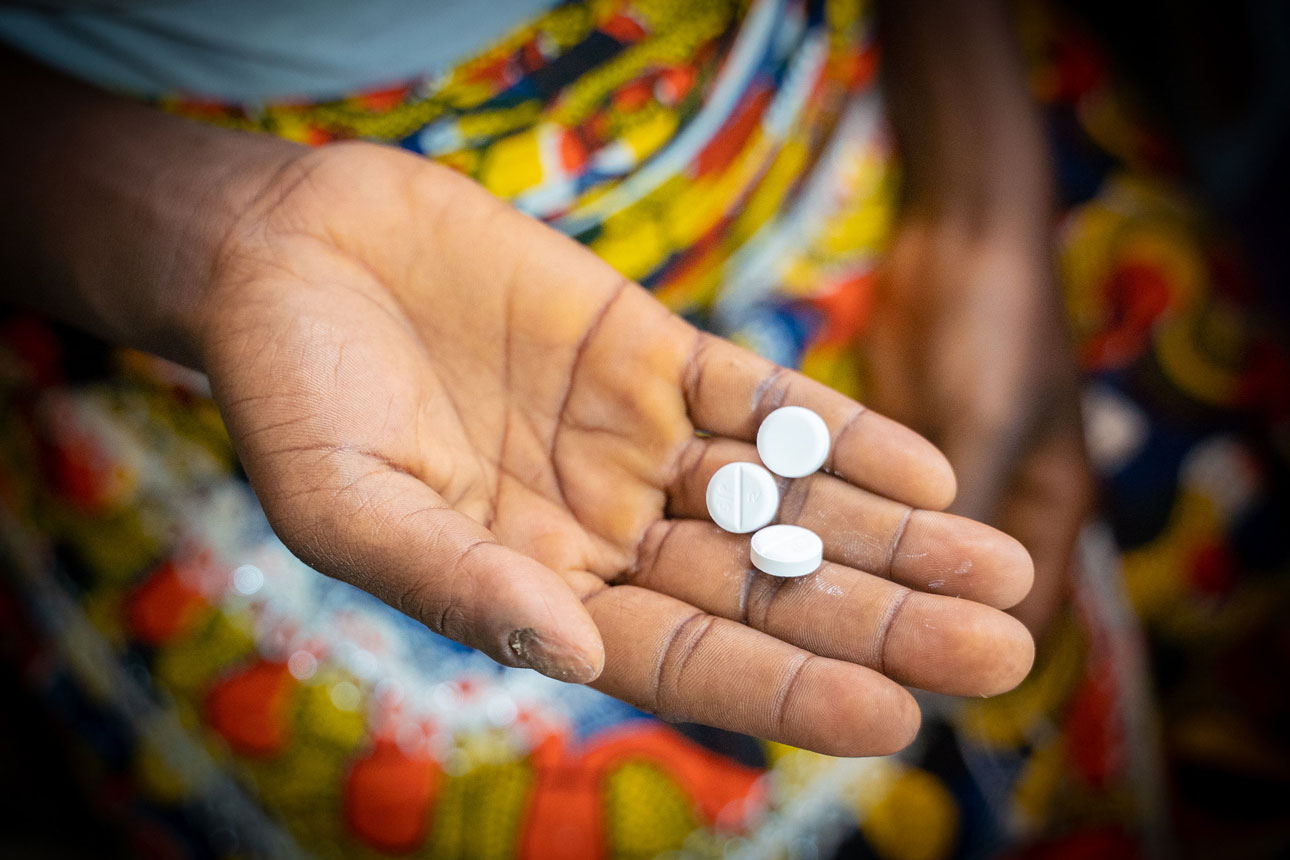
Strengthen disease surveillance, especially emerging infectious diseases
Background
Rapid urbanization and destruction of natural habitats, leading to humans and animals living in close proximity; climate change and changing ecosystems; changes in populations of reservoir hosts or intermediate insect vectors; and microbial genetic mutation enables infectious agents to evolve precipitating the emergence of new diseases. Approximately 60% of all human infectious diseases recognized so far, and about 75% of emerging infectious diseases that have affected people over the past three decades, have originated from animals.
Furthermore, the world’s growing interconnectedness and interdependence alleviates this risk. Strengthening preparedness, surveillance, risk assessment, risk communication, laboratory facilities and response capacity are all crucial to combat these emerging infectious diseases. Health security relies on the effective implementation of the core capacities of the IHR (2005), which is an instrument of international law that is legally binding 196 member states.
The Joint External Evaluation (JEE) for the International Health Regulation (IHR) core capacities was conducted in Nepal in 2022, which has identified priority actions in each technical area to further enhance the IHR core capacities in Nepal and provided baseline data to support Nepal’s efforts to reform and improve public health security.
Project Summary
The USAID's Global Health Security (GHS) project is crucial to strengthen IHR core capacities to ensure preparedness and response to public health emergencies. This project will support Nepal's efforts to strengthen the capacities to prevent, detect and rapidly respond to public health threats by addressing the priority recommendations in the JEE, through multisectoral collaboration, including the ‘One Health’ approach where appropriate, co-created by relevant stakeholders.
USAID’s GHS program enhances preparedness and response to disasters and public health emergencies by investing in disease surveillance, national laboratory systems, human resources, health emergency management, antimicrobial resistance and other prioritized IHR capacities.
Related News
Goals
Strengthen country capacities to prevent, detect and rapidly respond to Emerging infectious Disease (EID) threats using the one health approach.
Objectives

Strengthen disease surveillance, especially emerging infectious diseases

Improve national laboratory system to detect emerging infectious diseases and Antimicrobial Resistance (AMR)

Enhance health emergency management as response for infectious diseases
Project Summary
Key Components
Activities are focused on enhancing surveillance systems by expansion of Early Warning and Reporting System (EWARS) reporting sites, strengthening of Rapid Response Team (RRT) capacities, and advancing digital platforms like Surveillance Outbreak response Management & Analysis System (SORMAS) for real time reporting of any events. This component also encompasses the procurement of necessary logistics and supplies.
Activities include improving sample collection and transportation mechanism, mapping of laboratories and their testing capacities, developing certified “Internal auditor” for laboratory certification and enhancing laboratory capacity for detection of epidemic prone diseases, including antimicrobial resistance.
The activities support risk assessment at the provincial level using Strategic Toolkit for Assessing Risks (STAR) to develop provincial risk profiles and enhance preparedness by mapping/analysis of One Health stakeholders.
Key Achievements (As of December 2024)
Related News
For More Information
Country Office Focal Point
Dr Allison Gocotano
Team Leader
WHO Health Emergencies Programme
Email: gocotanoa@who.intProject Focal Point
Dr Dipendra Gautam
National Professional Officer - International Health Regulations
WHO Health Emergencies Programme
Email: gautamd@who.int
/countries/nepal/website-layout_revised.tmb-1920v.jpg?sfvrsn=d8b4c205_4)
/countries/nepal/slide1.tmb-549v.jpg?sfvrsn=56fe43b2_3)
/countries/nepal/slide4.tmb-549v.jpg?sfvrsn=2ee3b454_1)
/countries/nepal/dec-updated_website-design-layout-(002).tmb-549v.jpg?sfvrsn=8776e9a0_2)
/countries/nepal/slide3.tmb-549v.jpg?sfvrsn=1d9a59bd_1)
/countries/nepal/slide5.tmb-549v.jpg?sfvrsn=f003e8b7_2)
/countries/nepal/slide216347943-f21a-48da-bd79-d64b78f76af6.tmb-549v.jpg?sfvrsn=616dd8e3_1)
/countries/nepal/slide2.tmb-549v.jpg?sfvrsn=85b80330_1)
/countries/nepal/slide6.tmb-549v.jpg?sfvrsn=1dcc4e92_2)
/countries/nepal/slide3ab6cc7e6-ad03-4032-83ac-04e231853446.tmb-549v.jpg?sfvrsn=84838173_1)
/countries/nepal/slide5e03716b8-1700-434f-aa26-133640ecbdd7.tmb-549v.jpg?sfvrsn=c827efd9_1)
/countries/nepal/slide1ec8aced3-5d2d-4ee2-b5e7-5cd52e7efc10.tmb-549v.jpg?sfvrsn=383df8f1_2)